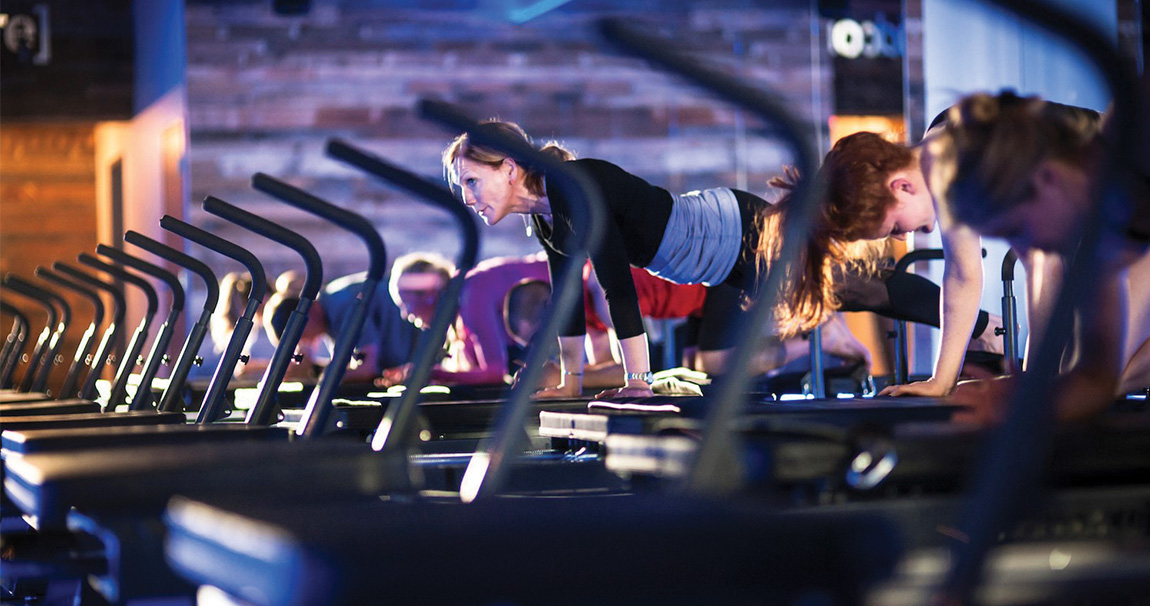Melissa Rodriguez, IHRSA
Fitness Recovery
The $87 billion health and wellness industry has experienced a steady upsurge for years with no end in sight, spawning new and fun ways to exercise, such as Swim Box, [solidcore], Orangetheory and Blink Fitness, as well as new industries piggybacking on this behemoth field. If everyone is working out, sore muscles, exercise injuries and fatigue are sure to follow. The fitness recovery field is capitalizing on this, stimulating innovative trends on how to quickly recuperate for the next gym session. Here are a few of the fitness recovery concepts we are watching:
- Cryotherapy: Blasting the body with Arctic air between -184 to -240 degrees Fahrenheit, whole body cryotherapy theoretically induces the body’s natural healing abilities. The practice has been used to reduce muscular pain, inflammation from sports injuries, rheumatoid arthritis and even skin conditions such as dermatitis. Cryotherapy is catching on in the D.C. region, with retailers who provide the service rapidly expanding, such as Bikram Yoga Works & Cryotherapy and DistrictCryo.
- Napping Pods: The healthy alternative to the 2pm coffee fix? That is the theory behind this contemporary recovery trend. Napping pods, reclining chairs encased in an egg-like structure that play soothing music through 20 minutes of rest, are popping up in densely office areas for afternoon pick-me-ups, fitness studios and college campuses such as the University of Maryland. Linked to improving muscle repair after strenuous work outs, athletes are opting for high-tech naps to get back to equilibrium.
- Flotation Tanks: Also known as sensory deprivation tanks, dark, soundproof tanks filled with salt water are an emerging trend for fitness recovery. By cutting off outside stimuli of sounds, vision and gravity (an effect of the high density of salt water), flotation tanks are touted as deep relaxation facilitators and have been correlated with higher recovery speeds after intense work outs and lowering blood lactate levels.
- Compression Treatment: By applying thick padded wraps around strained muscles, the “zonal air compression” treatment incrementally creates pressure to the affected muscle groups. This service, often used in conjunction with heat and vibration, is said to quicken muscle recovery, remove excesses of lactic acid from the muscles and increase blood circulation. This fitness recovery option is popular in New York City, with retailers such as ReCOVER offering this as a solution to muscle pain and soreness.
If you are interested in bringing one of these concepts to the market, reach out to one of our trusted retail advisors here.



